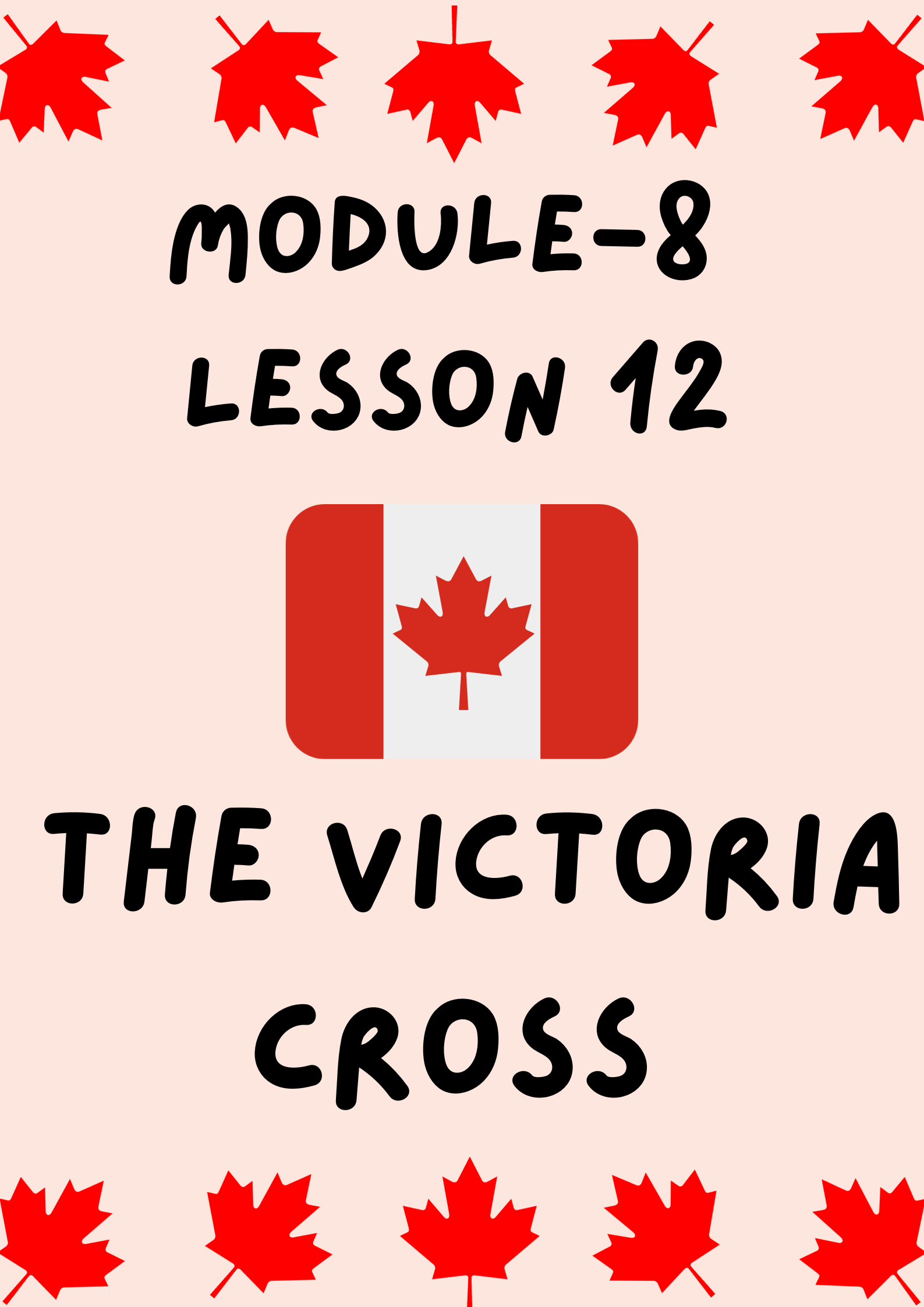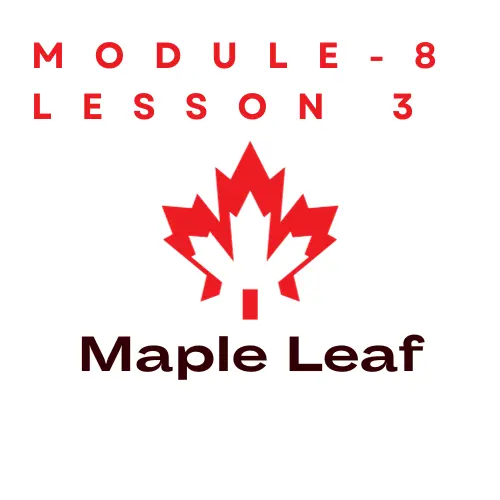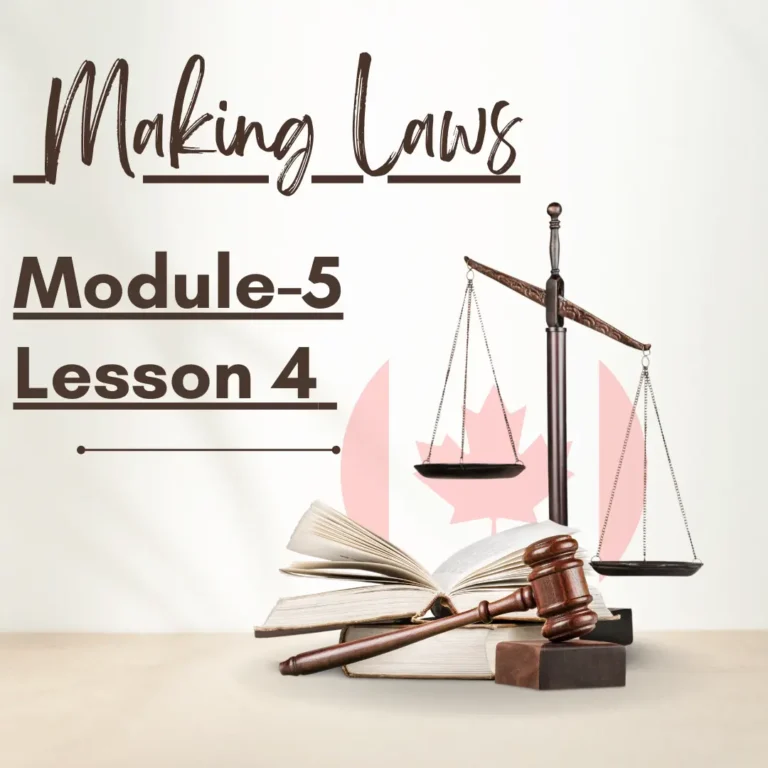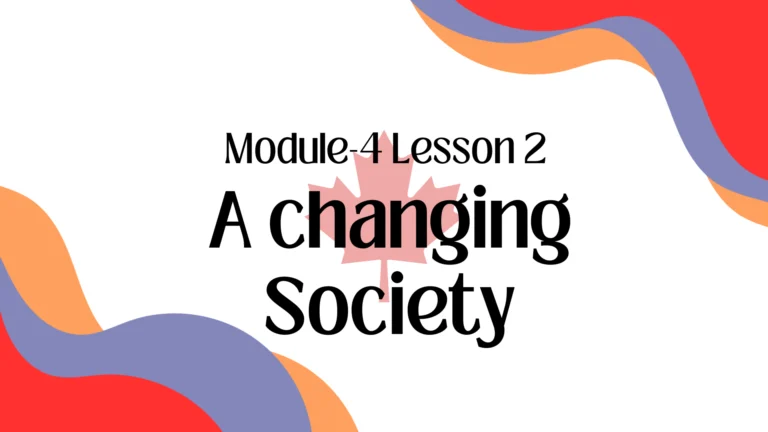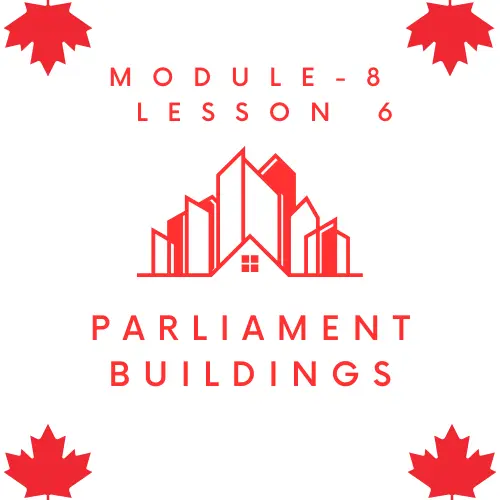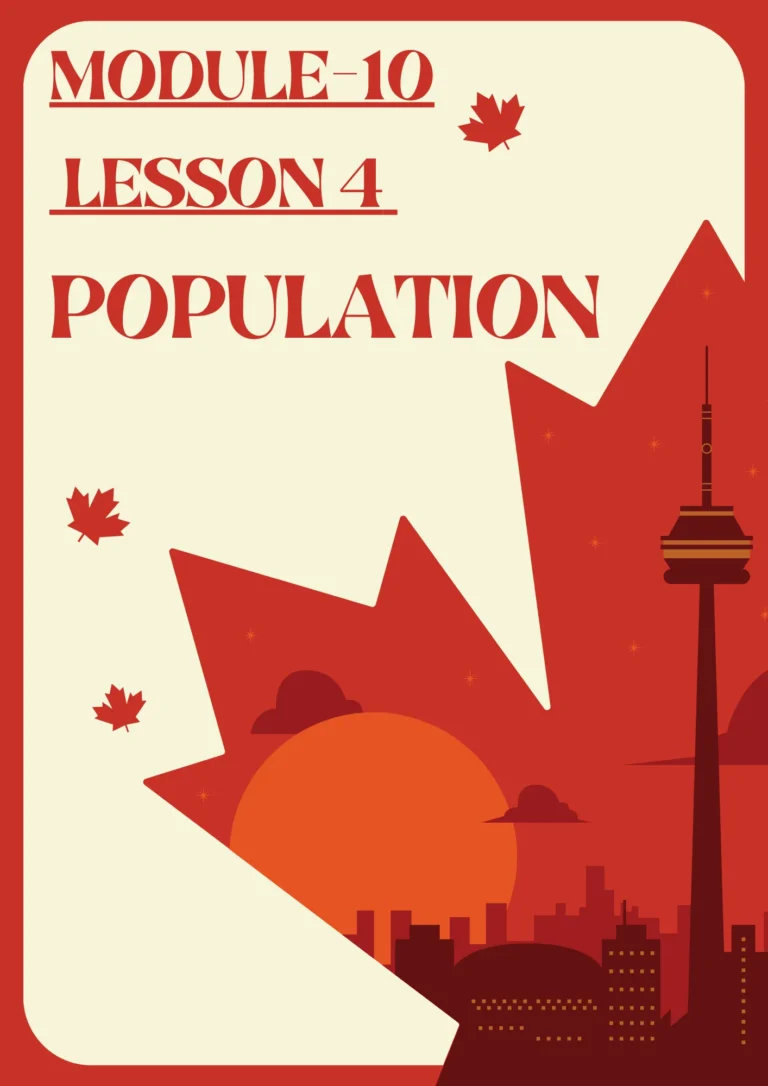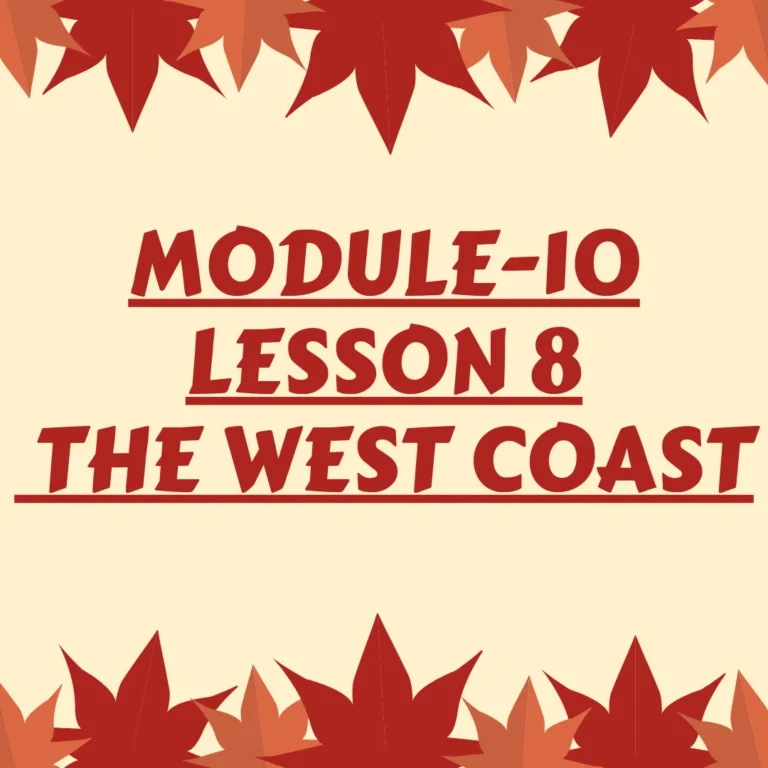Module-8 Lesson 12 The Victoria Cross
Established in 1856 as the Commonwealth’s highest award for bravery, the Victoria Cross is also awarded in Canada. The Victoria Cross is a long-standing tradition that honors courage and sacrifice in the face the enemy. The Victoria Cross has been given to Canadian soldiers for their valor in various conflicts, ranging from the First World War up to today’s missions. This exploration of the Victoria Cross is a look at its origins, its criteria, its notable recipients and the significance it has in Canada’s military history.
History of the Victoria Cross – An Imperial Legacy
Victoria Cross origins can be traced to the Crimean War, a conflict between Russia and an alliance consisting of various European powers. In 1856, Queen Victoria, who saw the need for an award that would recognize bravery and exceptional courage, established the Victoria Cross through Royal Warrant. The VC was a radical departure from existing military awards, as it emphasized gallantry against the enemy regardless of rank or class.
Victoria Crosses, which feature a cross-pattee in bronze with an Imperial Crown topped by a lion, have become a sign of courage, and testament to those who wear them. The VC’s significance has remained constant over the years. It transcends national borders within the Commonwealth, and is now a symbol for valor and sacrifice.
Criteria to Award Acts of Valor Above and Beyond Duty
Victoria Crosses are awarded to those who have displayed courage “in front of an enemy”. According to the criteria, the act has to be of most conspicuous courage or an act of daring valor in front of enemies. Not only must the act be courageous, but it also has to be performed without coercion or influence.
Victoria Crosses are awarded for actions which go above and beyond what is expected of them, and show exceptional bravery and dedication to the mission and the comrades. The Victoria Cross is given to anyone, regardless of their rank. This reinforces the notion that bravery knows no boundaries.
Canadian Recipients – From World War I to Modern Conflicts
Canada is proud of its distinguished Victoria Cross history, which has been awarded to individuals for their bravery during various wars. Canadian soldiers have shown valor in the First World War and Second World War as well as more recent engagements.
1. The Canadian VC Tradition: The First World War.
Canadian soldiers displayed a great deal of courage during the First World War. It was a war of unimaginable scale, devastation and destruction. In 1917, the Battle of Passchendaele, an arduous and muddy battle on the Western Front saw the awarding of the Victoria Cross to the first Canadian during World War I.
Robert Hill Hanna was one of the most celebrated VC recipients from World War I. Hanna, a sergeant-major, repeatedly walked into the “no man’s land” during heavy gunfire on October 30, 1917. He was bringing wounded soldiers to safety. He was awarded the Victoria Cross for his extraordinary actions that saved many lives.
During the Battle of the Somme, in 1916, two Canadian soldiers, Corporal Leo Clarke and Lieutenant Frederick William Campbell, received the Victoria Cross posthumously for their bravery. These sacrifices were emblematic of Canadian courage in facing the horrors and agonies of trench warfare.
2. Second World War Gallantry across theaters
In the Second World War, Canadian soldiers displayed exceptional courage in different theaters of operations. Lieutenant David Ernest Hornell, of the Royal Canadian Air Force was one notable recipient. Hornell was severely injured by a German U boat on June 24, 1944 while conducting an antisubmarine raid over the Atlantic. Hornell, despite the desperate situation, continued to attack the U-boat, which led to its destruction. Hornell died of exposure when the plane ditched into the ocean, but for his bravery, he was awarded the Victoria Cross.
David Vivian Currie was another distinguished recipient of the Second World War. He received the Victoria Cross in recognition of his outstanding leadership at the Battle of Falaise, August 1944. Currie, as commander of a smaller force, successfully defended a vital position against a larger German force and contributed significantly to the Allied win.
3. *Modern Conflicts – Valor on a Changing Landscape**
. Mark Isfeld was given the Victoria Cross for his extraordinary courage while clearing landmines in Croatia during 1994 peacekeeping missions.
Master Corporal Collin Ryan Fitzgerald was awarded the Victoria Cross in Afghanistan posthumously in 2006 for his heroic actions in a fierce firefight against Taliban militants. The spirit of Victoria Cross was exemplified by Fitzgerald’s selfless leadership in the face overwhelming odds.
Ernest Alvia “Smokey Smith” was the last living Canadian VC recipient.
Sergeant Ernest Alvia ‘Smokey’ Smith was the only living recipient of the Victoria Cross in Canada. Smith, who was born on May 3rd 1914, earned the VC in 1944 for his actions while serving during the Italian Campaign. Smith engaged German tanks near the Savio River on October 21, 1944. This enabled his platoon to safely withdraw. Smith’s extraordinary acts under heavy gunfire demonstrated the courage that is rewarded with the Victoria Cross.
Smokey’s life was characterized by his humility and commitment to fellow veterans. Smokey Smith died on August 3, 2005. He left behind a legacy that was a testament to courage, and reminded us of those who were awarded the Victoria Cross.
Legacy and Commemoration : Honouring the Brave
As a symbol for valor, courage and sacrifice, the Victoria Cross holds an important place in Canadian history. It is important to preserve Canada’s rich military history by recognizing the courage of the recipients of the Victoria Cross.
Many monuments and plaques are located across Canada to pay homage to Victoria Cross winners. The tributes are a reminder of those who have made sacrifices in service to their country. The National War Memorial, Ottawa and the Valiants Memorial are both located in
Ottawa and other local memorials in Canada are testaments to those who have received the VC for their courage and valor.
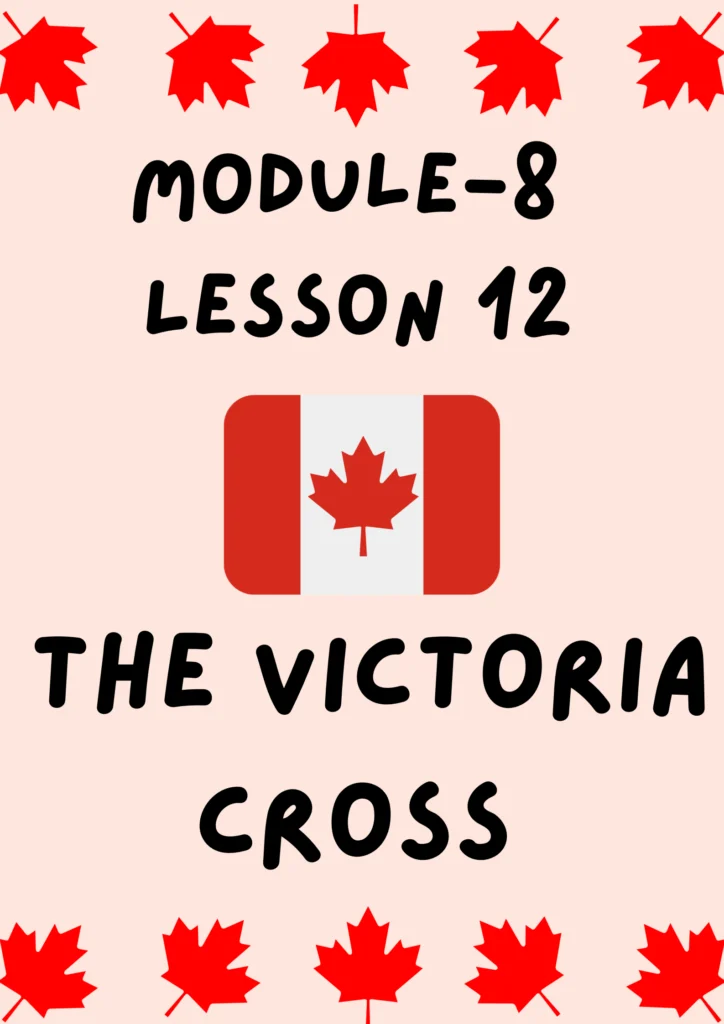
Conclusion: Valor Beyond Measure
With its long history and rich tradition, the Victoria Cross remains an enduring symbol of Canada’s military legacy. From the trenches during the First World War, to modern theatres of wars and beyond, the courage and sacrifice displayed by VC recipients echo throughout Canadian military history. The individual stories of bravery that each Victoria Cross relates are inspiring, but together they tell a tale of a country who values military service at its highest level.
It is not a mere historical artifact, but rather a testament to those Canadian Armed Forces who served in and still serve today. The Victoria Cross serves to remind us that courage, in all its forms, is a vital part of our national identity. It transcends conflict, time and even the changing landscapes of war.
Canada ensures their stories will not be forgotten by honoring Victoria Cross recipients with memorials, educational initiatives and ceremonies. These courageous individuals’ sacrifices, which were recognized as the highest honor in the military, contributed to a fabric that held its military history high. A nation that acknowledged and revered the courage beyond measure that is embodied by Victoria Cross.

